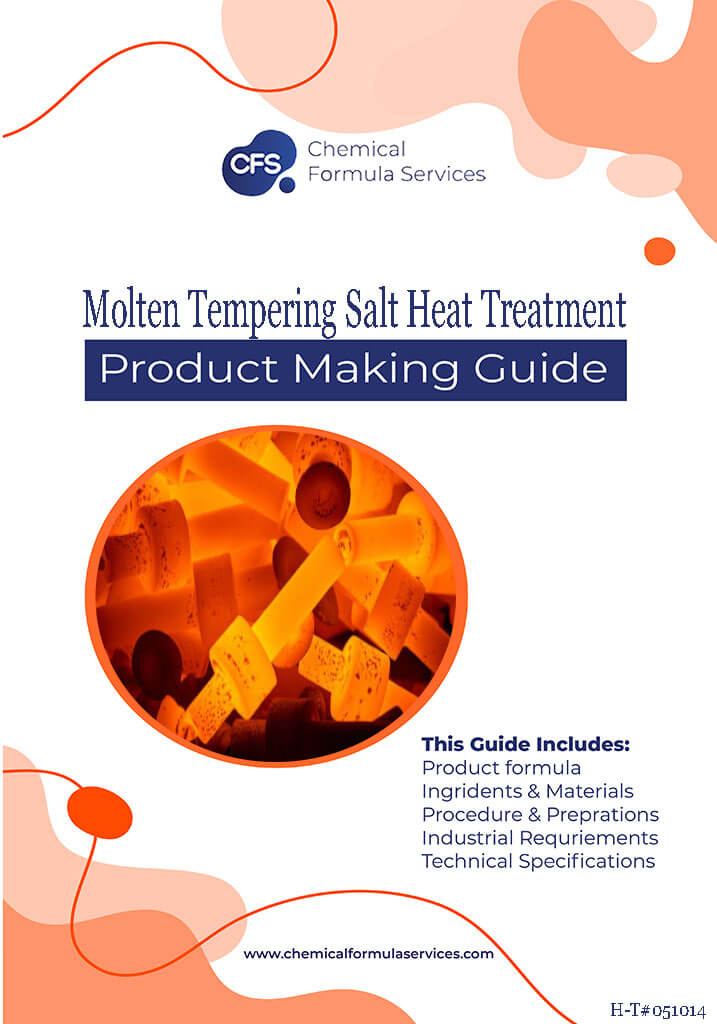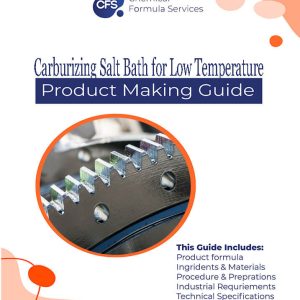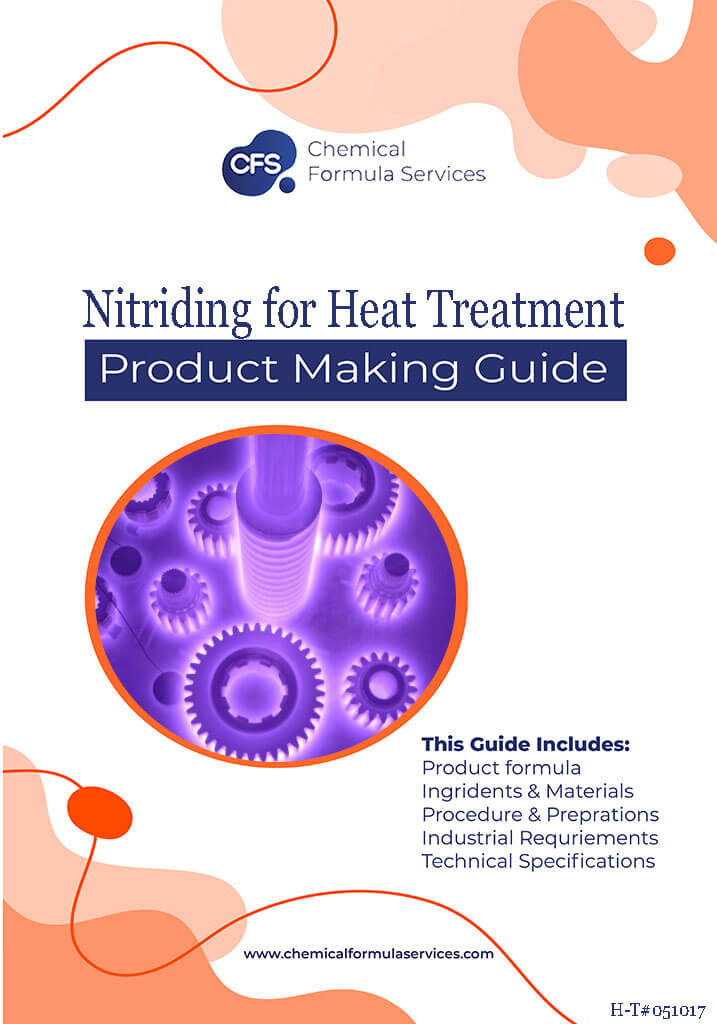Tempering Salt Bath Heat Treatment Formulation
$ 75
Description
Tempering is a heat treatment process that follows a hardening process, such as quenching or carburizing, to improve the mechanical properties of a material, particularly its toughness and ductility. The tempering process involves reheating the hardened material to a specific temperature below its critical transformation temperature and then cooling it in a controlled manner.
Tempering Heat Treatment Process
- Hardening: Prior to tempering, the material is typically hardened through processes like quenching or carburizing. These processes involve rapid cooling to achieve high hardness.
- Heating: The hardened material is reheated to a specific temperature known as the tempering temperature. The exact temperature depends on the material and desired properties. Common tempering temperatures for steels range from around 150°C (300°F) to 700°C (1300°F).
- Soaking: The material is held at the tempering temperature for a certain period, called the soaking time. The soaking time allows the internal structure of the material to reach a uniform temperature, ensuring that the tempering effect is consistent throughout the part.
- Transformation and Relaxation: During tempering, several transformations occur within the material. One of the main transformations is the precipitation of fine carbides or other secondary phases, which act to strengthen and toughen the material. Additionally, the tempering process helps to relieve internal stresses .
- Cooling: After the desired soaking time, the material is cooled in a controlled manner. The cooling rate can vary depending on the desired properties and the specific material being tempered. Air cooling or quenching in a suitable medium for it.
Tempering Process
The tempering process aims to achieve a balance between hardness and toughness in the material. Controlling tempering temperature and time allows customization of material properties to meet specific requirements. Higher tempering temperatures reduce hardness but increase toughness, while lower temperatures result in higher hardness but lower toughness. The specific parameters, such as temperature, soaking time, and cooling rate, depend on factors like material composition and desired properties. Professional-grade formulations, designed for material engineers or heat treatment professionals, are essential for determining the appropriate tempering process. Tempering is now using widely in these industries like automotive, aerospace, and tool manufacturing to achieve the desired balance of hardness and toughness in hardened materials.
Non Nitrates tempering salt bath for heat treatment suitable for ferrous and non ferrous metals .It increases the tensile strength and elongation properties in all jobs. It is easy to develop the salt bath tempering formula . Which fulfills the requirements of heat treated parts and finishes the good properties.
This formula has melted the salt from 350 to 450 C . This pdf guide will provide you with all the parameters of the tempering heat treatment process.







